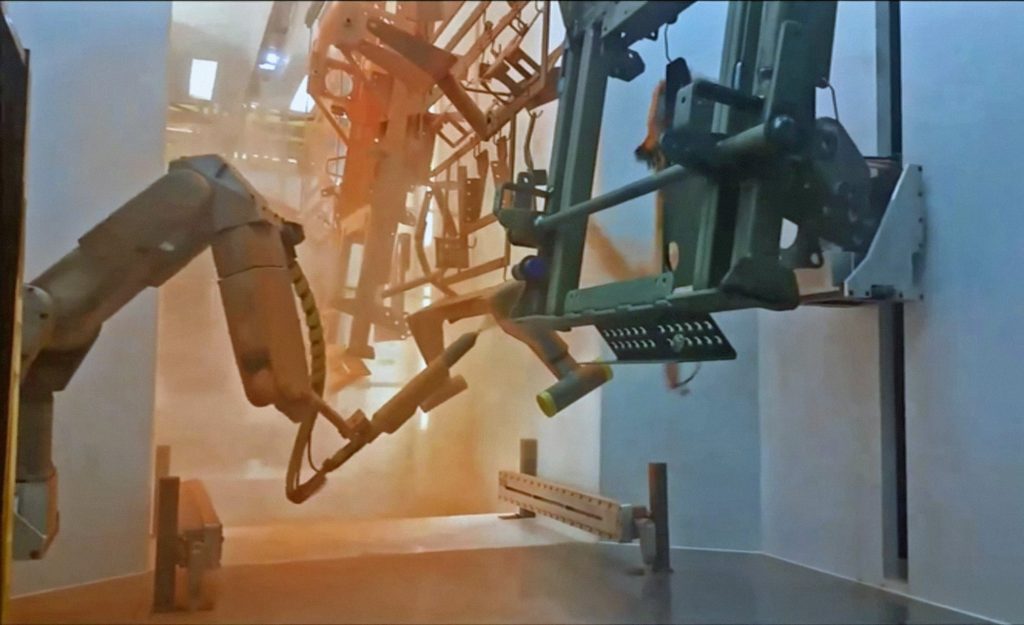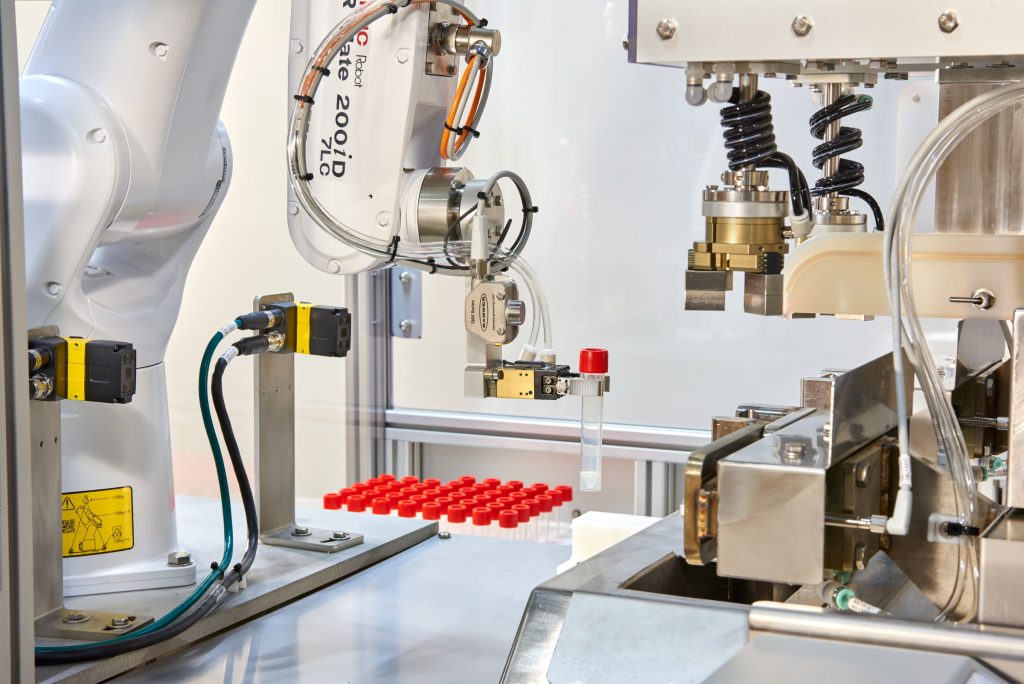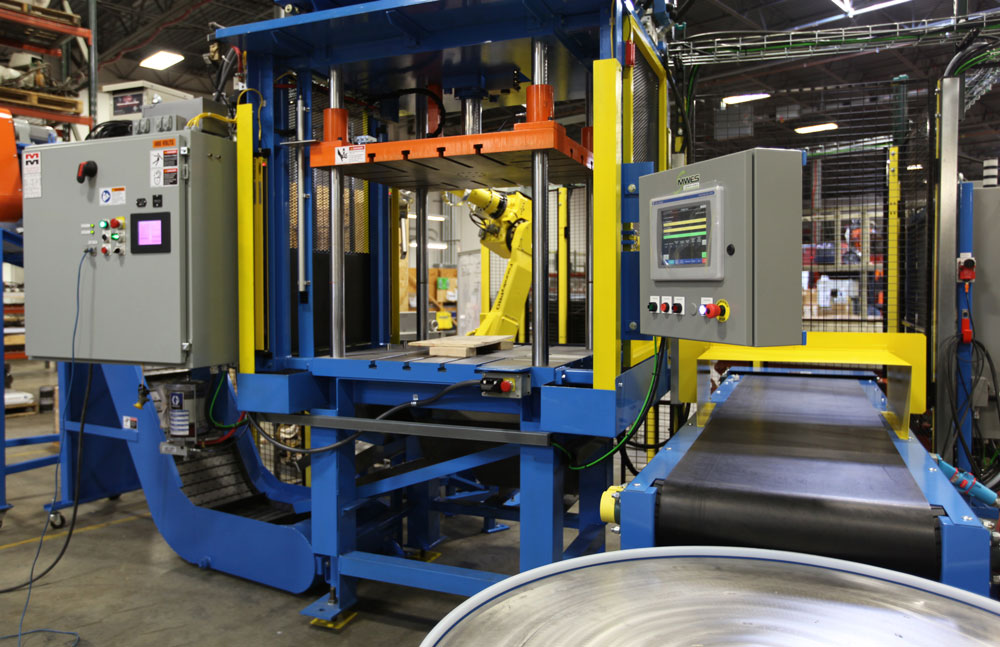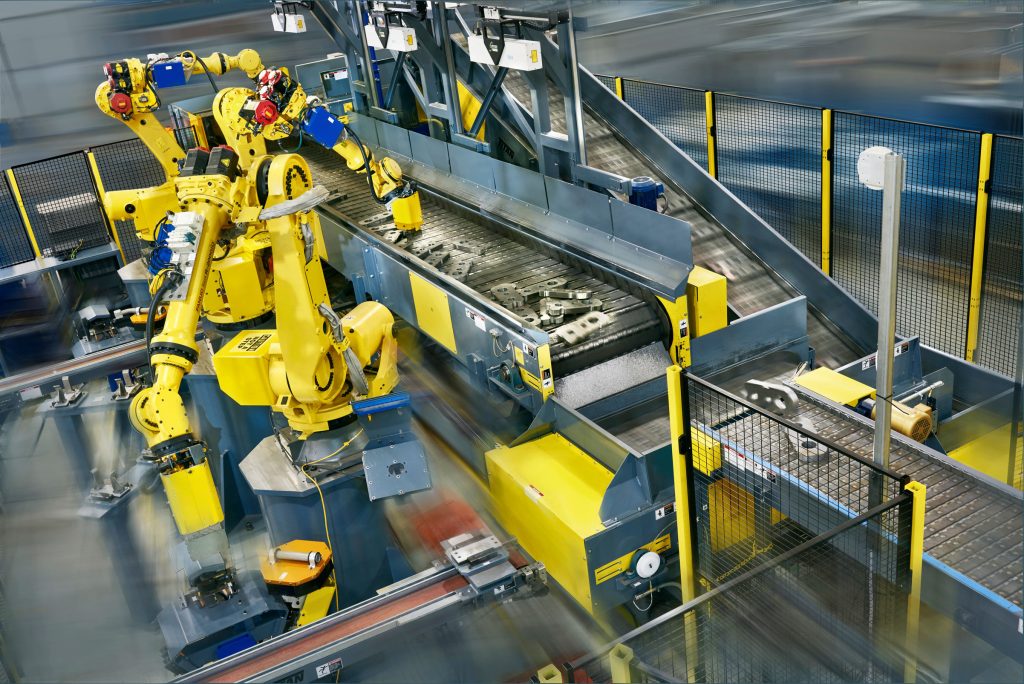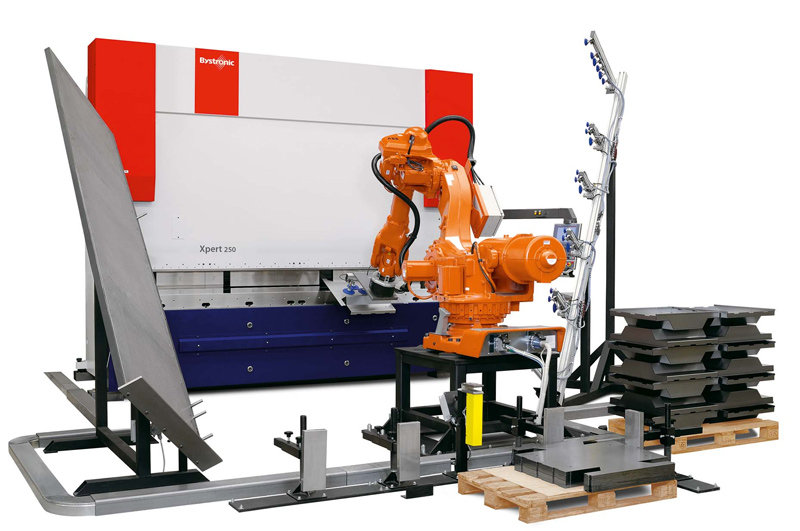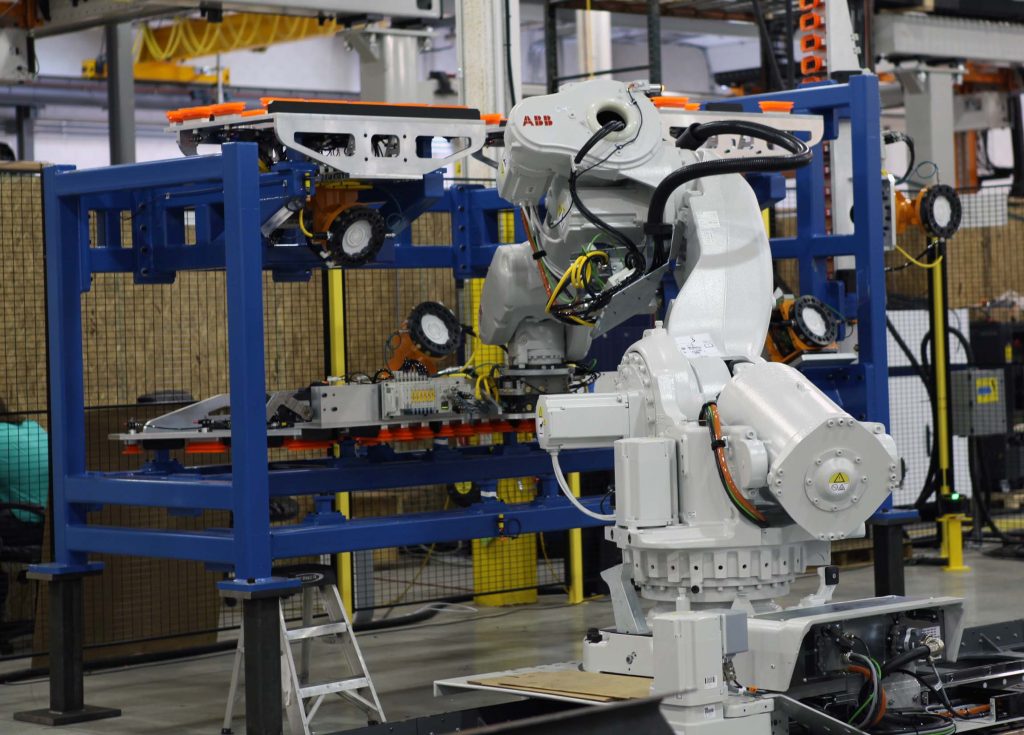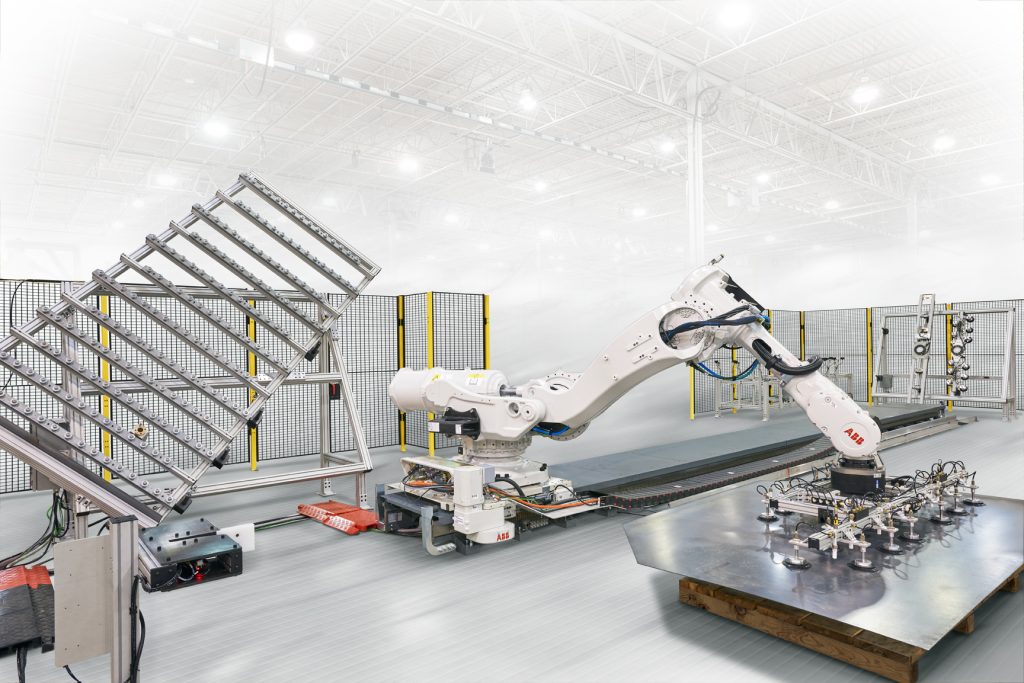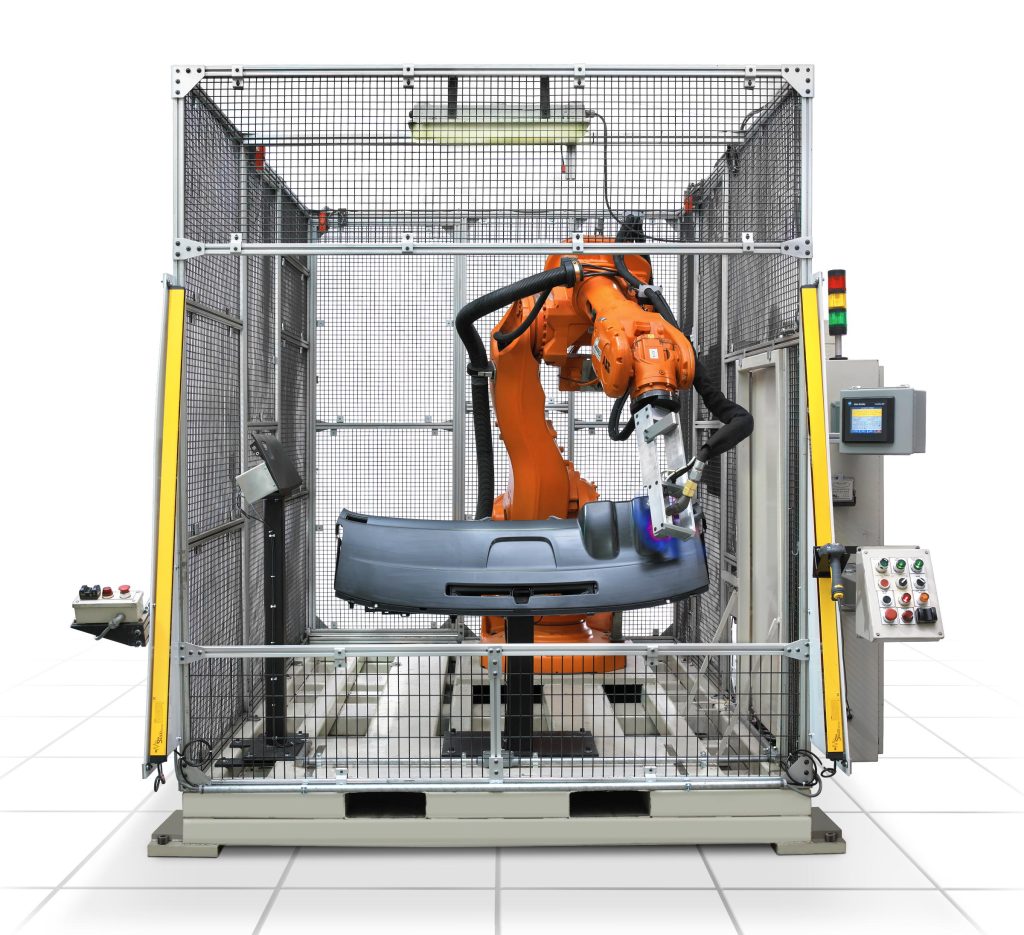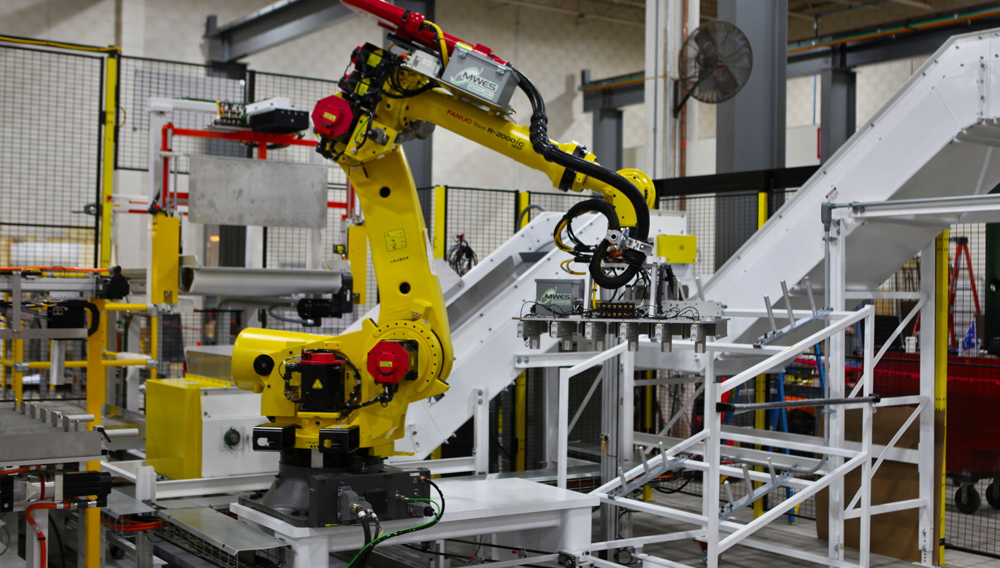Cartesian, Rectilinear & Gantry Robots
- Home
- Types of Industrial Robots
- Cartesian, Rectilinear & Gantry Robots
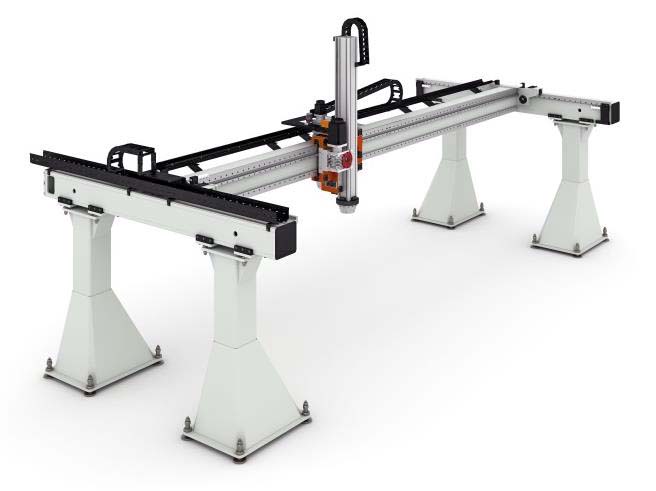
For Pin-point precision: Cartesian, Rectilinear & Gantry Robots
Cartesian robots are designed with three linear joints, working off of the X-Y-Z Cartesian coordinate system. These robots may also have an end-of-arm tooling or rotary axis, that will allow for rotational movements on the robot’s outermost axis. The axes of Cartesian robots carry out movements in a coordinated manner via a motion controller they have in common. These axes are crafted from a type of linear actuator, a system that can be custom-manufactured by an end-user with drive and linear guide components, by the Original Equipment Manufacturer (OEM) or the system can be bought as a manufacturer’s pre-assembled system.
Rectilinear robots share many of the similarities with cartesian robots. They consist of either a two-axis X-Y or X-Z or a three-axis X-Y-Z configuration and the workload positioning is supported on the outer axes of Y or Z. Additionally, rectilinear robots have simplified programming due to fewer motions and axes running on a well-defined rectangular work envelope.
Gantry robots are a bit different from Cartesian robots. Gantry robots always have two base X axes and a second Y axis that spans the two base axes. Cartesian robots have a single linear actuator per axis. With this configuration, gantry robots can have bigger payloads in most cases and typically greater stroke lengths than Cartesian robots.
Application for cartesian, rectilinear & Gantry robots
- Packaging automation
- Palletizing and depalletizing operations
- Product placement automation
- CNC machine automation
- Cutting, sorting and scribing automation
- Consumer and industrial 3D printing equipment
- Storage and retrieval systems
Contact Midwest Engineered Systems to learn how we can analyze your current production systems and develop a robotic automation system that increases productivity and efficiency!
Building the future of manufacturing, together
World-class Automation

